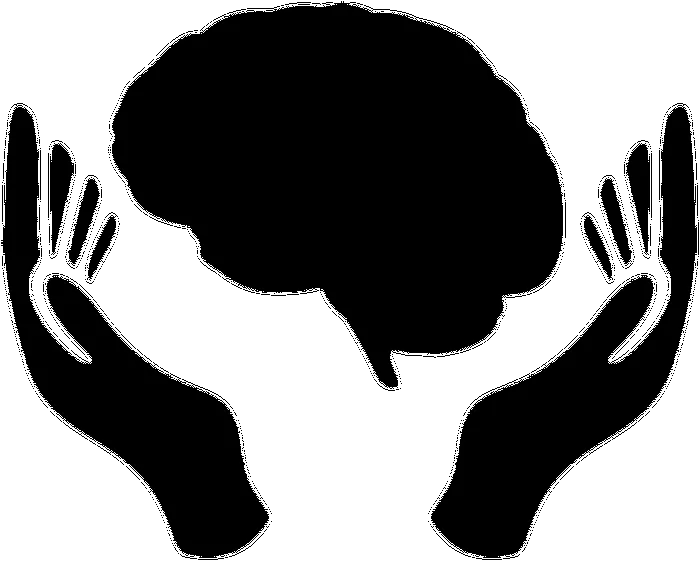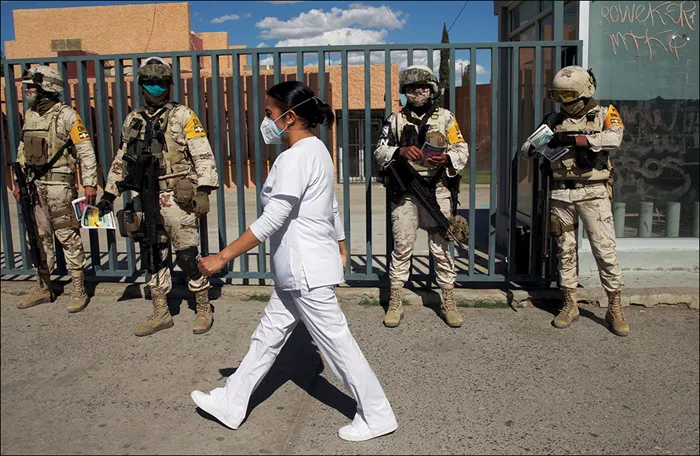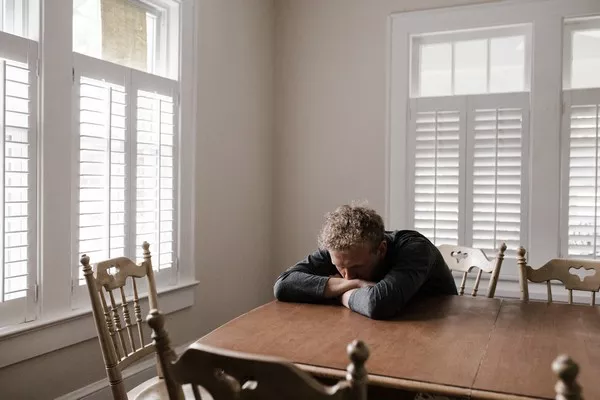Eyebrows are more than just facial hair. They help express emotions, frame the face, and even serve functional roles like preventing sweat from dripping into the eyes. In the world of beauty, eyebrows define symmetry and personality. For centuries, cultures around the world have shaped, painted, and decorated eyebrows for various aesthetic and spiritual purposes. But despite their subtle presence, eyebrows can become the focus of worry, especially when they are injured.
Eyebrow injuries can happen in many ways—accidents, burns, over-plucking, surgical scars, or skin conditions like eczema and alopecia areata. When these incidents occur, the first concern is whether the hair will ever grow back. Unlike hair on the scalp, eyebrows are delicate and grow in shorter cycles, which makes recovery more complex. Understanding the biology behind eyebrow growth, the types of injuries that affect it, and how to support regrowth is essential for anyone dealing with eyebrow loss.
What Happens When an Eyebrow Is Injured?
When an eyebrow is injured, the skin and hair follicles underneath it can become damaged. The follicles are the small sacs beneath the skin from which the eyebrow hairs grow. If the injury is minor—like a scratch, mild burn, or a cut that doesn’t penetrate deeply—the follicles may remain intact. In such cases, eyebrow hair can grow back naturally within a few weeks to months. The regrowth may start slowly, with fine, light hairs before they thicken over time.
More serious injuries, such as deep lacerations, third-degree burns, or repeated trauma from scarring skin conditions, can permanently damage or destroy the hair follicles. If the follicles are destroyed, they cannot produce new hair. Instead, the skin may heal with a scar, which does not support hair growth. This is why early care and minimizing inflammation are critical. The sooner healing is supported in the right way, the better the chances that the hair follicles will survive and resume their function.
How Do Eyebrows Naturally Grow?
Eyebrow growth, like scalp hair, follows a natural cycle with three phases: anagen (growth), catagen (transition), and telogen (resting). However, the growth phase of eyebrows is much shorter—typically only about 4 to 7 weeks—compared to the years-long anagen phase of scalp hair. This means eyebrows grow to a set length and then stop, making regrowth slower and more subtle.
If the follicle is unharmed, it will eventually enter a new growth phase after the resting period. However, external factors like stress, diet, hormones, and injury can disrupt this cycle. A lack of essential nutrients or chronic inflammation in the skin can keep the follicles in a resting or dormant state for longer than usual. With the right care and patience, regrowth is possible, but it may take several weeks or even months to see visible improvement.
What Types of Injuries Affect Eyebrow Regrowth?
Not all injuries have the same impact on eyebrow regrowth. Superficial injuries like scratches or mild cuts usually allow for full regrowth, assuming infection is avoided and healing is supported. Burns are more serious. First-degree burns may affect only the surface layer of skin, but second- and third-degree burns can destroy both the skin and the follicles, making regrowth less likely.
Surgical scars, like those from cosmetic procedures or accidents involving stitches, can lead to patchy eyebrow loss. The scar tissue formed during healing lacks the structure and blood supply that hair follicles need to function. Skin diseases like psoriasis, eczema, or alopecia areata can also affect regrowth by causing inflammation, immune response, or physical damage to the follicles. Understanding the nature of the injury helps determine whether natural regrowth is possible or whether other options like medical treatment or cosmetic solutions are necessary.
Can Eyebrows Grow Back on Their Own?
In many cases, eyebrows can grow back on their own, especially if the follicles are still intact and the injury was minor. After a minor cut or burn, the area may initially look bare or thin. Over time, you may notice tiny, soft hairs beginning to emerge. These may be lighter in color or finer in texture at first. Within a few weeks, they typically grow darker and thicker, returning to their original form.
However, patience is essential. Because of the short growth phase and the natural rest periods between cycles, it may take up to three months or more for full results. Also, repeated plucking or waxing of the injured area can delay regrowth further or permanently damage the follicles. Avoiding further trauma and keeping the skin moisturized and protected from sun exposure can support healing. The body has a remarkable ability to repair itself, but it needs time and the right environment.
What Can Help Speed Up Eyebrow Regrowth?
There are several ways to encourage faster eyebrow regrowth. First, focusing on nutrition is key. Hair is made of protein, so a diet rich in lean meats, eggs, nuts, and legumes provides the building blocks for new growth. Iron, zinc, biotin, and vitamins A, C, and E also play important roles in hair health. Staying hydrated and managing stress supports hormonal balance and overall recovery.
Topical treatments can also help. Castor oil, argan oil, and vitamin E oil are often applied to the brow area to stimulate hair follicles and moisturize the skin. Though evidence is mostly anecdotal, many people report improved regrowth using these oils regularly. Over-the-counter treatments like minoxidil (Rogaine), which is approved for scalp hair regrowth, may be used off-label for eyebrows under medical supervision. It’s important not to apply harsh products or irritants to healing skin, especially if there’s still redness or scabbing.
When Should You See a Doctor?
If your eyebrows haven’t grown back after three to six months, or if the area looks scarred, thickened, or discolored, it’s time to consult a dermatologist. Persistent hair loss could be due to underlying conditions like thyroid disorders, autoimmune diseases, or skin infections. In such cases, treating the root cause is necessary before regrowth can occur.
A doctor can also help you assess whether the hair follicles have been permanently damaged. Through a technique called trichoscopy or with a skin biopsy, they can determine follicular activity and suggest the best treatment options. These might include topical corticosteroids for inflammation, light therapy, or even platelet-rich plasma (PRP) injections. Seeking professional help early can lead to better results and help prevent unnecessary frustration.
Are There Long-Term Solutions for Permanent Eyebrow Loss?
If your hair follicles are permanently damaged and natural regrowth is unlikely, cosmetic and surgical options exist. Eyebrow transplants involve taking hair follicles from another part of the body—usually the scalp—and implanting them into the brow area. This procedure can produce natural-looking results, although it is costly and requires a recovery period. The transplanted hairs will grow like scalp hair, which means regular trimming is necessary.
Other long-term options include microblading or eyebrow tattooing. Microblading is a semi-permanent technique where pigment is deposited into the skin to mimic eyebrow hairs. It’s ideal for filling gaps or reshaping uneven brows, though it requires touch-ups every year or two. For those who prefer a non-invasive approach, eyebrow pencils, powders, and gels can effectively camouflage thinning areas while you wait for natural regrowth or explore medical treatments.
How Can You Protect Eyebrows After They’ve Healed?
Once your eyebrows have started to grow back, maintaining their health is vital to avoid future loss. Avoid over-plucking or waxing the area too often. If you must shape your brows, consider using threading or trimming methods that are gentler on the skin and follicles. Keep the skin around your eyebrows clean, but avoid harsh cleansers that strip natural oils. Moisturizing the area with gentle, non-comedogenic products helps maintain a healthy environment for hair.
Sun protection is also crucial. UV radiation can damage healing skin and delay regrowth. Use sunscreen or wear a hat when spending extended time outdoors. Regular gentle massages with nourishing oils can improve blood circulation and support follicle health. The more care you give to your eyebrows post-injury, the better your chances of maintaining full, healthy brows for the long term.
Final Thoughts
Yes, eyebrow recovery is often possible, especially if the injury is mild and addressed early. Hair follicles are surprisingly resilient, and many people see regrowth within a few months. However, not all injuries heal the same way. Deep burns, scarring, or chronic conditions can hinder natural regrowth. Understanding the type of injury and seeking the right treatment are essential steps toward healing.
Whether you’re dealing with a small patch of hair loss or significant brow thinning, remember that solutions exist. From topical oils to medical therapies and cosmetic procedures, there are many ways to restore the appearance and function of your eyebrows. Patience, consistency, and proper care make all the difference. If you’re ever in doubt, a consultation with a dermatologist or hair restoration specialist can provide clarity and guide you toward the best outcome.
Related Topics






























